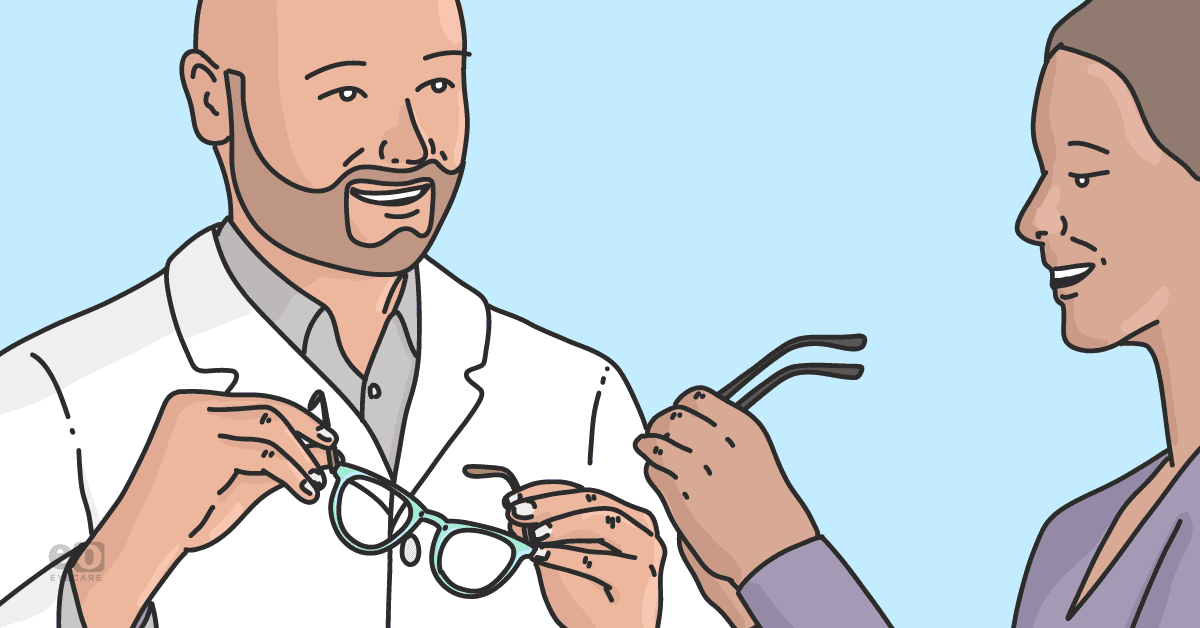Optical should be a large revenue center for most optometry practices. The key to generating those profits is ensuring that your patients are purchasing their glasses at your optical.
Knowing your capture rates and working on improving them is the best way to ensure this is happening.
Overview of key optical metrics to track
I write capture rates because I think it's important to track both your lens capture rate and frame capture rate. Although it's a bit imprecise, most metrics use total lenses sold divided by total refractions for the lens capture rate and total frames sold divided by total refractions for the frame capture rate.
Ideally, these two should be very similar—but often they’re not. If your lens capture rate is much higher than your frame capture rate, this means that many of your patients are reusing their current frames instead of purchasing new ones. It is always more profitable when a patient purchases a complete pair versus lenses only.
1. Sell multi-pairs
Selling multi-pairs is the most effective way to increase capture rates. This is because when you have multi-pair sales, your numerator is increasing (total lenses and/or frames), but your denominator stays the same (total refractions).
The first step to increasing multiple pairs is to make sure both the doctor and opticians are telling the patient about second pair options. There are many ways to present the importance of another set of glasses.
The reason may be for health (sunglasses for ultraviolet [UV] protection), hobby (sports-specific glasses), or fashion (different color or style of frame). However, if you and your staff aren’t prescribing or mentioning these options, your patient likely doesn’t know they exist.
This last point is key! The “sales hat” can feel like an odd one to wear, but you don’t have to immediately become a pushy salesperson to see an improvement in second pair sales. Often, simply bringing them up to your patients will get them thinking about it and making the leap themselves.
2. Carry a variety of frame styles
It’s often true that the frame styles in an office’s optical reflect the personal style of the person buying the frames. With this in mind, it's important to objectively evaluate your frames and make sure you’re carrying ones that fit different style categories.
For example, are your frames more neutral-colored or colorful? More traditional shapes or more unique? If you find you’re leaning heavily towards one side or the other, you are likely missing those sales from patients looking for something different.
Having more variety also makes it easier to introduce second pairs as well—whether for fashion, environment, or utility.
3. Offer a discount
There are many ways to offer a discount. This may mean having a more cost-conscious frame or lens option available for initial sale or offering a discount on additional pairs purchased.
If you’re marking up your products correctly, either or both of these options should still be quite lucrative. It’s completely up to you to offer some sort of savings, and some may feel that is not “on-brand” for their practice.
However, the bottom line is that saving a sale with a discount that allows a patient to purchase glasses in your office is always more profitable than if a patient walks because of price.
Take home
Implementing one or more of the strategies above is a great place to start improving your capture rates. The best part about being part of a private practice is that you can try different things and see what works best for your office.
Ultimately, the key to any success is to make sure all team members are on board with whatever goal you set.
